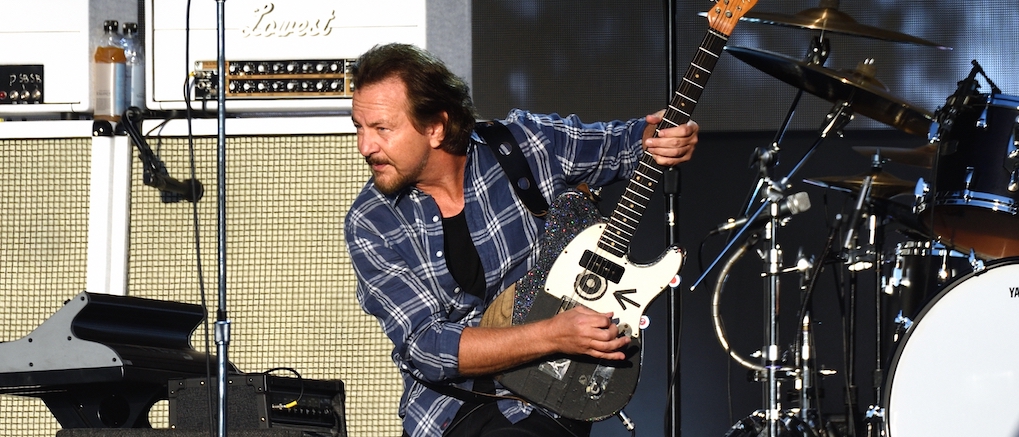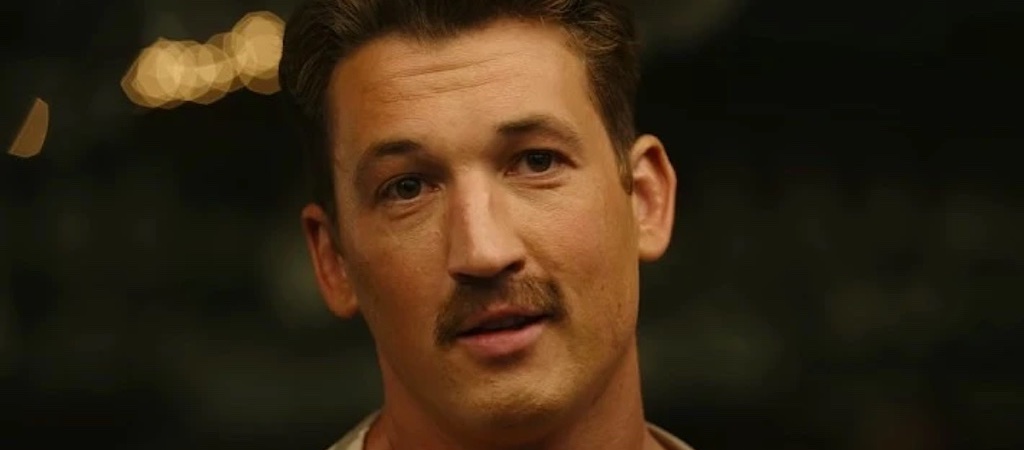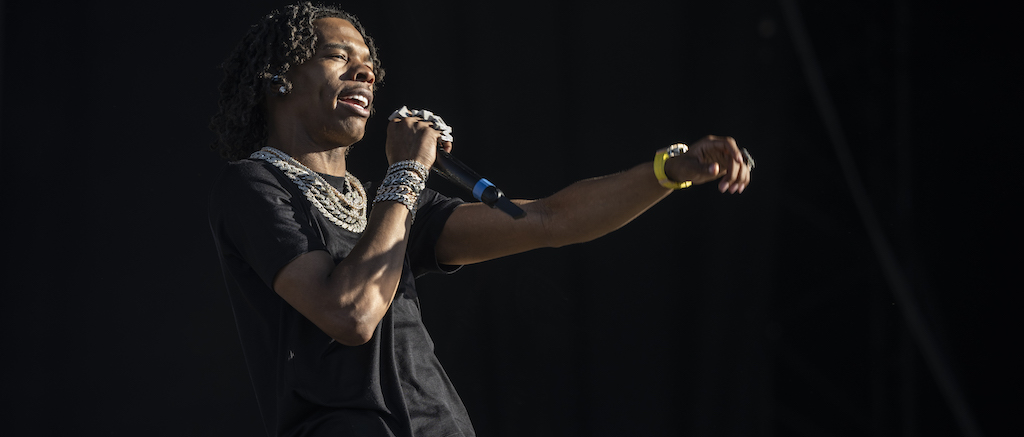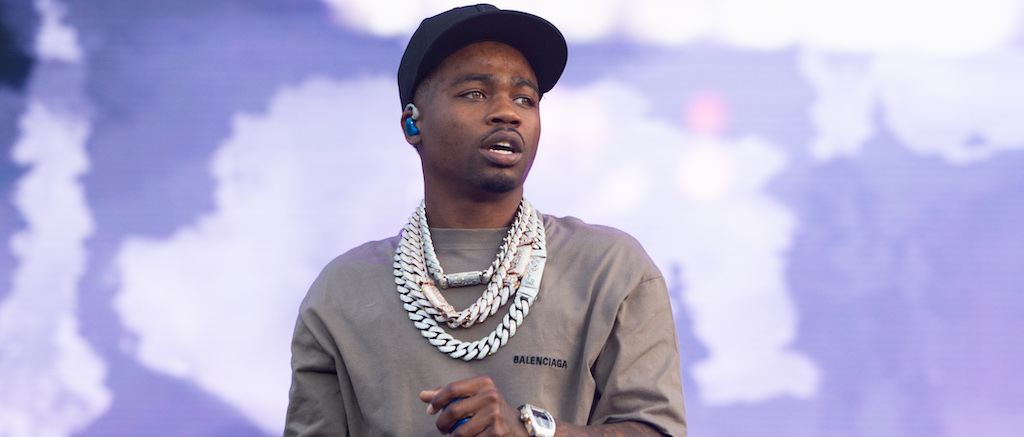
This past weekend, Pearl Jam headlined the two-day extravaganza known as British Summer Time at London’s Hyde Park. Eddie Vedder and company closed out both Friday and Saturday night concerts and were supported by acts like The Pixies, Stereophonics, Cat Power, and Johnny Marr. Pearl Jam pulled out a lot of stops throughout the weekend, but none were as momentous as during their Saturday night closing set, when Marr joined them on stage for two classic covers.
Marr, who made a name for himself as the lead guitarist of The Smiths, was welcomed onto the stage by Vedder and they played Neil Young’s “Throw Your Hatred Down” together. Then as the 22-song set was coming to a close, Marr came back on stage to join Pearl Jam (and a lot of Londoners singing along) in an explosive rendition of The Who’s “Baba O’Riley.” It was all captured on a surreal video board setup.
At Pearl Jam’s performance the night before, famed tennis bad boy John McEnroe them on guitar. Given that Wimbledon was currently happening in London, this was a masterstroke in Pearl jam’s thematic guest bag of tricks. Simon Townshend (the brother of The Who’s Pete Townshend, who tours with the band) also came up on stage to duet his song “I Am The Answer” with Vedder.
. @PearlJam brought John McEnroe out for their final song in Hyde Park tonight. Incongruous.
(To be clear, I loved it) pic.twitter.com/7uwZ5NZ5te
— Alex Thomson (@mister_tee) July 9, 2022
Watch Johnny Marr join Pearl Jam to perform The Who’s “Baba O’Riley” above and check out them performing Neil Young’s “Throw Your Hatred Down” below.










 (@KEEMSTAR)
(@KEEMSTAR) 
 (@lowlifejoe_)
(@lowlifejoe_) 



 : ABC
: ABC 
